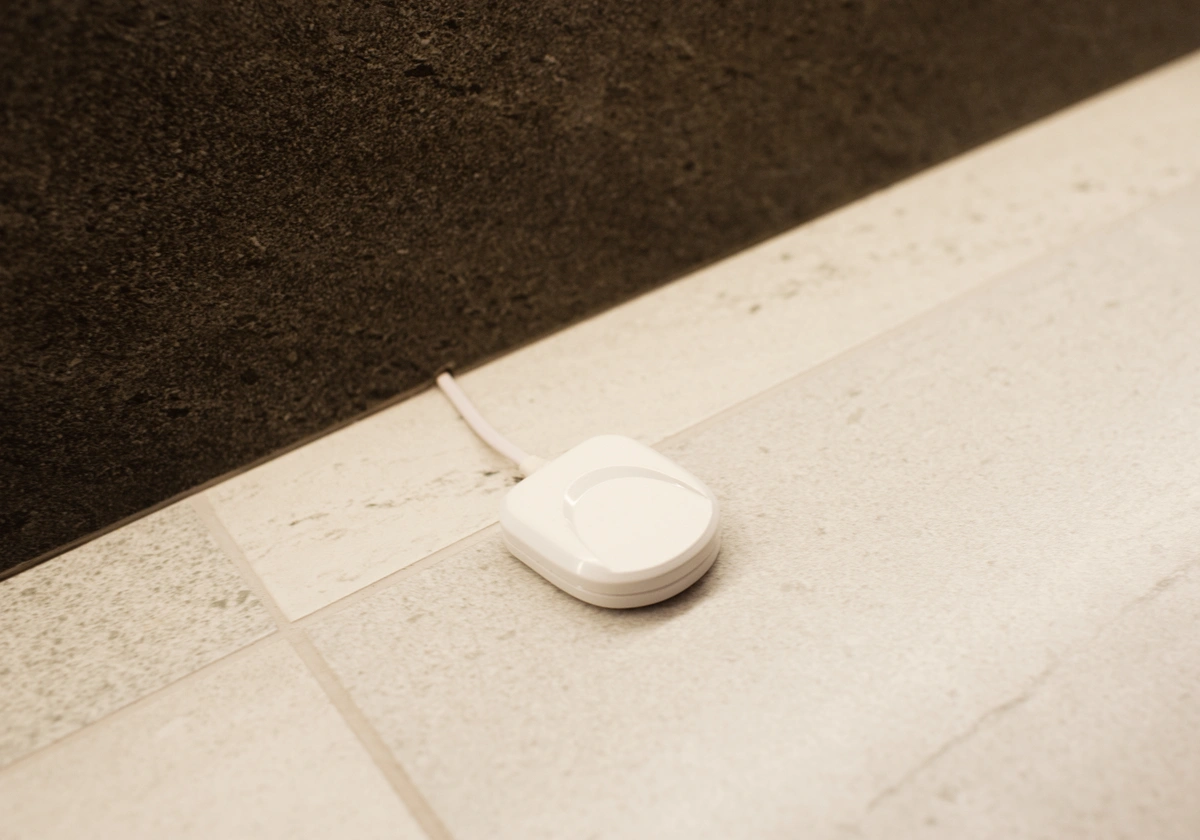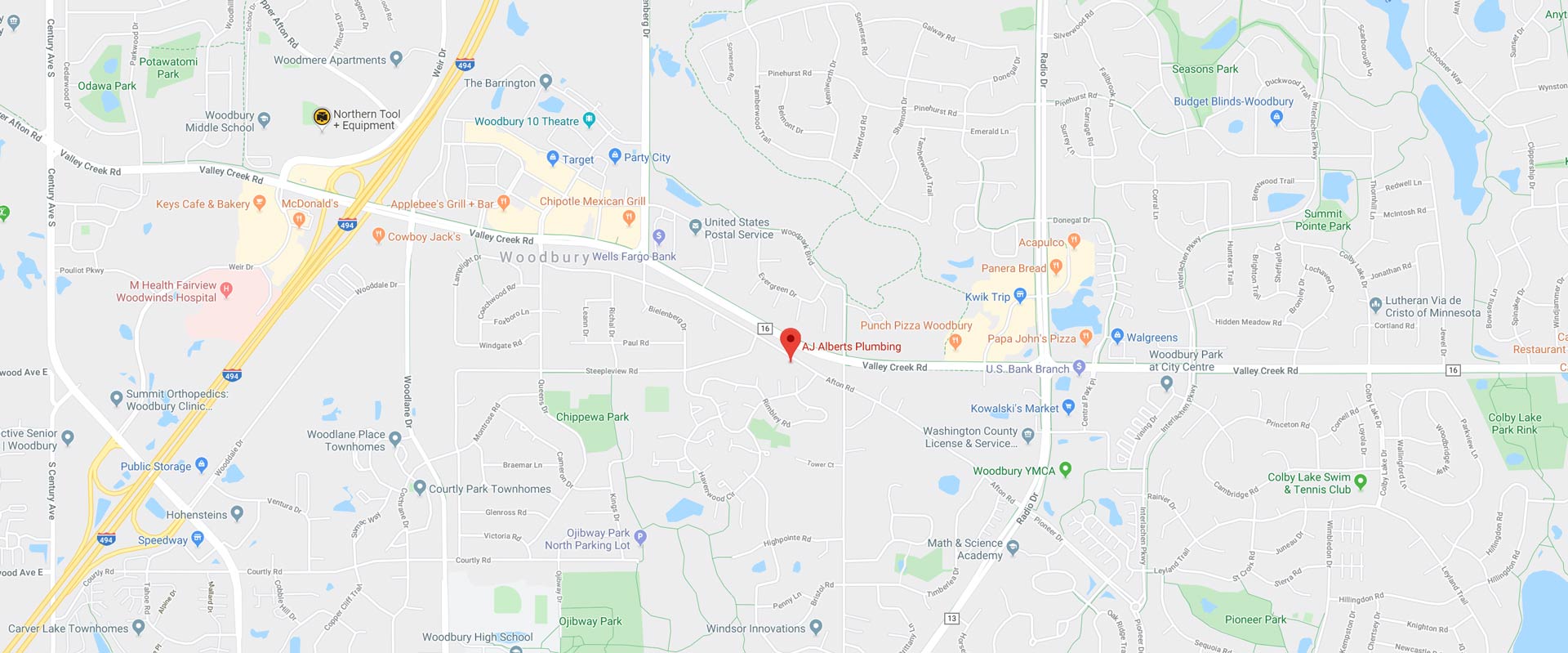Winter is coming to a close, and spring is upon us — how exciting! Get ready for budding trees, longer days, and warmer temperatures.
However, with spring also comes the heavy melt that thaws all that snow in our yards and on our houses, running it down to the lawn, the sidewalks, and the gutters. We face it every year, but it never gets any easier or any more fun to deal with.
So, we have some spring plumbing tips on how you can control and prevent flooding in and around your home during this year’s winter thaw. Plus, we’ll discuss how you can plan ahead for the rainy season to come! We never get a break in the Midwest, do we? We’ll discuss some of these top tips:
- Test and clean sump pump
- Examine pipes and leaks
- Installing flood alarms
- Checking water pressure

Spring Plumbing Tips to Handle the Massive Snowmelt
There are some critical inspections you can make in and around your home to ensure you have no flooding or water flow issues when the snow melts around your property. The first thing every homeowner should do before spring is check on their sump pump.
5 Tips for Testing Your Sump Pump
Sump pumps are a key part of protecting your basement from accumulated water and water damage. They can be located above or below the floor, and they pump out collected water to outside your home.
We always recommend testing your sump pump regularly, especially before or during times of heavy rain or melting snow. Simply pouring a bucket of water into your sump basin can trigger the pump to start, allowing you to ensure that it is functioning properly. AJ Alberts Plumbing also offers sump pump system inspection and testing to ensure you prevent a sump pump failure.
If you don’t test your sump pump, it may be secretly broken or malfunctioning, meaning it could overflow and cause your basement to fill up with water. No one wants to deal with that!
1) Install a Backup Battery System for Your Sump Pump
Electrical outages during a rainstorm are one of the main reasons basements flood because your sump pump loses power! This is why it’s crucial to have a reliable backup battery system that can kick on in the event you lose power. Your backup system will prevent rainwater from overflowing the sump basin and flooding your basement.
2) Ensure Discharge Pipes and Sump Baskets Are Free of Debris
As the snow melts enough to walk around the yard, you should make sure yard drains, downspouts, and gutters are free of debris from the melting snow. Ice could have damaged plumbing vents, hoses, and outdoor faucets. Make sure to do a thorough inspection and run your garden hoses to check for external leaks.
Then, do the same for your sump basket (a water-collecting basin found in your basement). If it has any debris, clear out the basket to ensure your sump pump can clear the water from it effectively.
3) Test the Float Switch
The float switch is the part of a sump pump that detects when the water level gets too high. If this switch isn’t working properly, your sump pump won’t start working when your basement starts to flood.
To test the float switch, follow these steps:
- Pour a few gallons of water into the sump pump’s water collecting pit.
- Wait for the sump pump to turn on.
- If the sump pump automatically removes the water and then turns itself off, then your float switch is working well.
- If it doesn’t remove the water, you’ll need to replace the switch.

4) Clean the Inlet Screen
A clogged inlet screen can cause your sump pump to work extra hard, ultimately threatening a burnt-out motor. Check if the inlet screen is clean. If it looks blocked by any debris, gently remove the screen from the pump and rinse it with water until it is cleared up.
5) Inspect the Check Valve
The check valve is the part of the sump pump that keeps water from flowing back into the water collection pit after the pump turns off. It’s located on the discharge line of your sump pump. The last thing you want is a false sense of security, thinking the water has been pumped out, only for it to return!
If the check valve malfunctions, the water in the discharge pipe will keep returning back to the collection pit when the pump turns off. This forces the sump pump to continue turning on and pumping water again.
Inspect the check valve by ensuring the internal flap can swing freely. If it seems to be stuck, flush it out with a water and vinegar combo to remove any mineral deposits. There’s also a small hole in the discharge pipe called the “weep hole.” This needs to be clear in order for the check valve to work.
Other Helpful Indoor Plumbing Tips
There are some precautions you can take to prep for a potential springtime flood that helps to alert you and protect your belongings if a flood should ever happen. It’s always better safe than sorry.
Install Flood Alarms
You can install flood detectors in your basement as a first line of defense against any basement flooding. These devices will sit on the basement floor and detect when water reaches a certain level in the basement. It can then set off an alarm or connect to a phone app or your home security system to alert you of the flood.
Organize Your Belongings
The goal is to prevent a flooded basement altogether, but if it does happen to you, you’ll want to ensure your personal belongings and storage are safe from water damage. Install some metal shelving, not wood, that is not susceptible to mold growth.
Don’t store anything on the floor, but if you do, make sure everything is in plastic Tupperware containers, not cardboard. Cardboard will get wet and grow mold very quickly, ruining your belongings, and creating a hazard for your home.
Check Your Water Pressure
Be mindful of any changes in water pressure, as that can be a sign of a water leak. You can also check this by doing a reading of your water meter in the evening, then, without using any water overnight, check again in the morning. A change in the water meter reading could indicate a slow leak that needs repair.
Examine Pipes for Leaks and Cracks
Check your exposed pipes in the basement, under sinks, and around your house for any visible cracks or leaks due to freezing. Older homes typically have older plumbing that may be showing signs of deterioration, so it’s good to check everything before a slow leak leads to costly repairs and damage.
AJ Alberts Is Your Springtime Plumbing Partner
Clearing your lines and pipes, checking for leaks, and ensuring your sump pump is working properly will set you up for a safe and flood-free spring. AJ Alberts Plumbing is here to help you prep for spring with sump pump inspections and any repairs you may need.
Check out our customer service maintenance plan so you can rest assured every year, in every season, that you won’t have to deal with a flooded basement. Contact our responsive team with any plumbing questions you may have!




